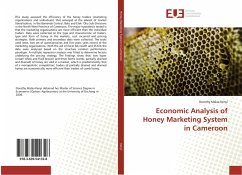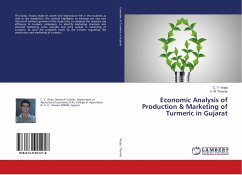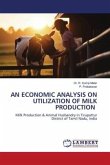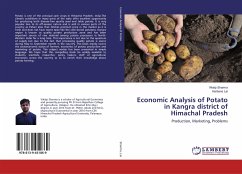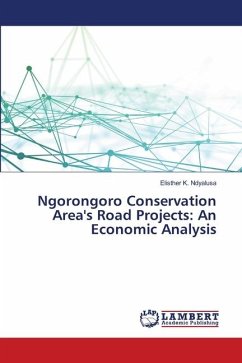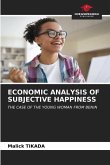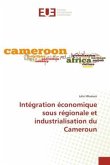This study assessed the efficiency of the honey traders (marketing organisations and individuals) that emerged at the advent of market liberalisation, in the Bamenda Central, Belo and Elak- Oku Sub-Divisions in the North West Province of Cameroon. The major hypothesis tested is that the marketing organisations are more efficient than the individual traders. Data were collected on the type and characteristic of traders, type and form of honey in the markets, cost incurred and pricing strategies. Both primary and secondary data were collected. The tools used were, two set of questionnaires and five years sales record of the marketing organisations. With the aid of Excel Microsoft and STATA the data were analysed based on the structure conduct performance paradigm. A multiple regression analysis was fitted to determine factors underlying the pricing strategy. The findings show that: two types (cream white and fluid brown) and three forms (comb, partially drained and drained) of honey are sold in a market, which is predominantly that of a monopolistic competition; traders of partially drained and drained honey are economically more efficient than traders of comb honey.
Bitte wählen Sie Ihr Anliegen aus.
Rechnungen
Retourenschein anfordern
Bestellstatus
Storno

